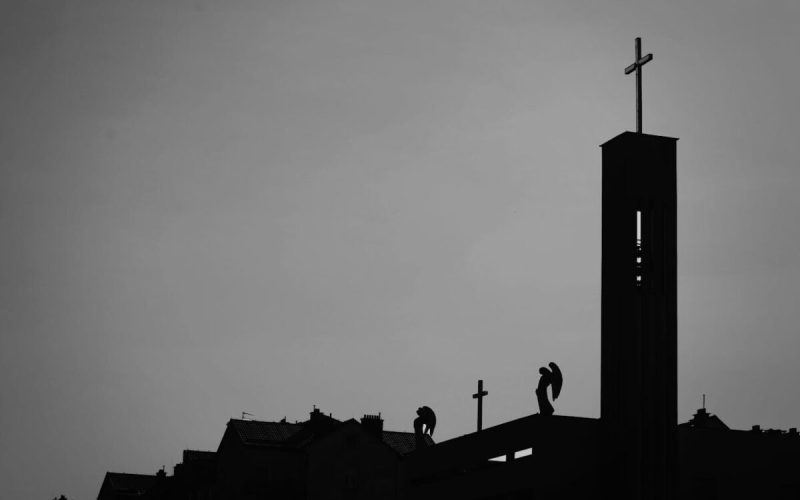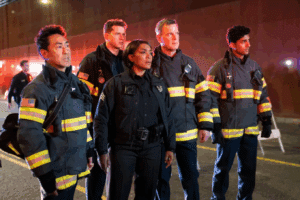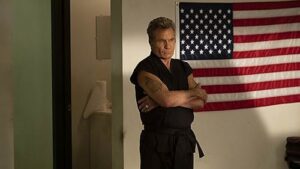Hero Saint Maximillan Kolbe volunteered to die in 1941 at the Nazi concentration camp at Auschwitz, Poland during World War II. Saint Maximillan Kolbe lived from January 8, 1894, until 14 August 14, 1941. Hero Saint Maximillan Kolbe was a Polish Conventual Franciscan friar who volunteered to die in place of a man named Franciszek Gajowniczek in the German concentration camp of Auschwitz, located in German-occupied Poland during World War II. Hero Saint Maximillan Kolbe had a devotion to the Blessed Virgin Mary. Has there ever been a more heroic act than what Saint Maximillan Kolbe did at Auschwitz?
Hero Saint Maximillan Kolbe Biograhy
Hero Saint Maximillan Kolbe had a pleasant upbringing, but he had four brothers, two of whom died of tuberculosis, which was unfortunately common in Poland in the late nineteenth century. In 1907, Kolbe and his elder brother Francis joined the Conventual Franciscans. They enrolled at the Conventual Franciscan minor seminary in Lwów later that year. Hero Saint Maximillan Kolbe professed his final vows in 1914, adopting the additional name of Maria.
Hero Saint Maximillan Kolbe was sent to Rome in 1912, where he attended the Pontifical Gregorian University. He was well-educated. He earned a doctorate in philosophy in 1915. From 1915, he continued his studies at the Pontifical University of St. Bonaventure, where he earned a doctorate in theology by 1922. He had a devotion from this early age to the Blessed Virgin Mary.
In 1918, Hero Saint Maximillan Kolbe was ordained a priest. From 1919 to 1922, he taught at the Kraków, Poland, Seminary. Around that time, as well as earlier in Rome, he caught tuberculosis, like two of his brothers, which forced him to take a lengthy leave of absence from his teaching duties. In January 1922, he founded the monthly newsletter Rycerz Niepokalanej (Knight of the Immaculata), a devotional publication based on the French Le Messager du Coeur de Jesus (Messenger of the Heart of Jesus). From 1922 to 1926, he operated a religious publishing press.
Between 1930 and 1936, Hero Saint Maximillan Kolbe undertook a series of missions to East Asia. He served in China and Japan. Between 1933 and 1938, he was back and forth between Asia and Poland. After the outbreak of World War II, he was one of the few friars who remained in the monastery at Niepokalanów. After the town was captured by the Germans, they arrested him on September 19, 1939, and he was later released on December 8.
On 17 February 1941, the monastery at Niepokalanów was shut down by the German authorities. That day, Kolbe and four others were arrested by the Gestapo and imprisoned in the Pawiak prison. On May 28, he was transferred to Auschwitz as prisoner 16670. At the end of July 1941, a prisoner escaped from the camp, prompting the deputy camp commander to pick ten men to be starved to death in an underground bunker to deter further escape attempts. When one of the selected men, Franciszek Gajowniczek (also a Polish Catholic), cried out, “My wife! My children!” Kolbe volunteered to take his place.
According to an eyewitness, who was an assistant janitor at that time, in his prison cell, Hero Saint Maximillan Kolbe led the prisoners in prayer. The guards wanted the bunker emptied, so they gave the four remaining prisoners lethal injections of carbolic acid. Kolbe is said to have raised his left arm and calmly waited for the deadly injection. He died on 14 August 1941. He was cremated on 15 August, the feast day of the Assumption of Mary.
Conclusion
On 10 October 1982, Pope John Paul II canonized Saint Maximillan Kolbe and declared him a martyr of charity. The Catholic Church venerates him as the patron saint of amateur radio operators, drug addicts, political prisoners, families, journalists, and prisoners. John Paul II declared him “the patron of our difficult century.” His feast day is 14 August, the day of his martyrdom.








